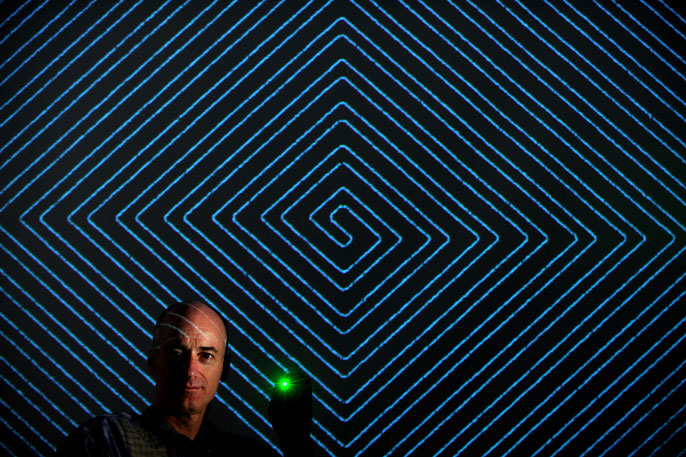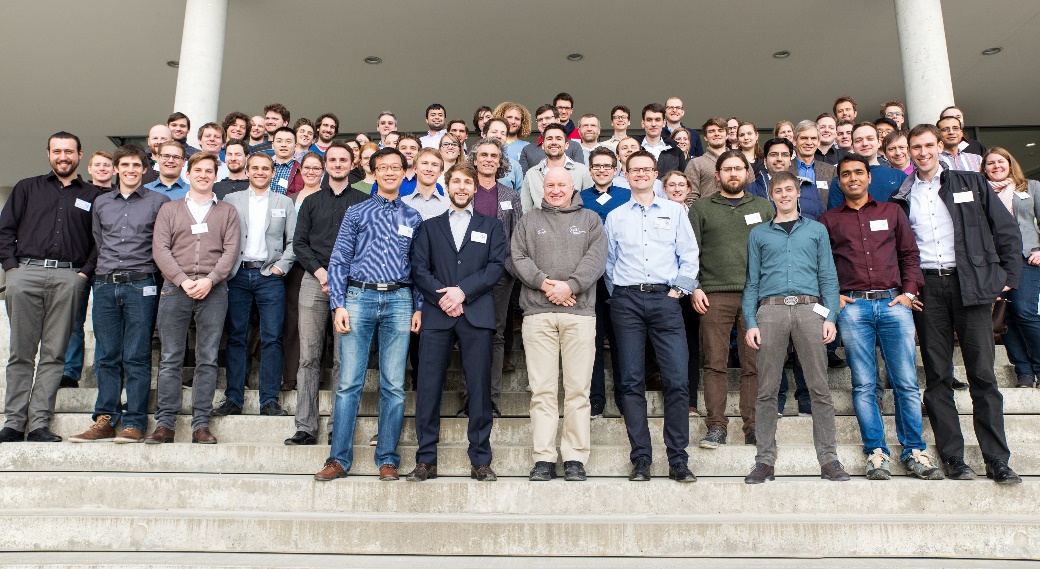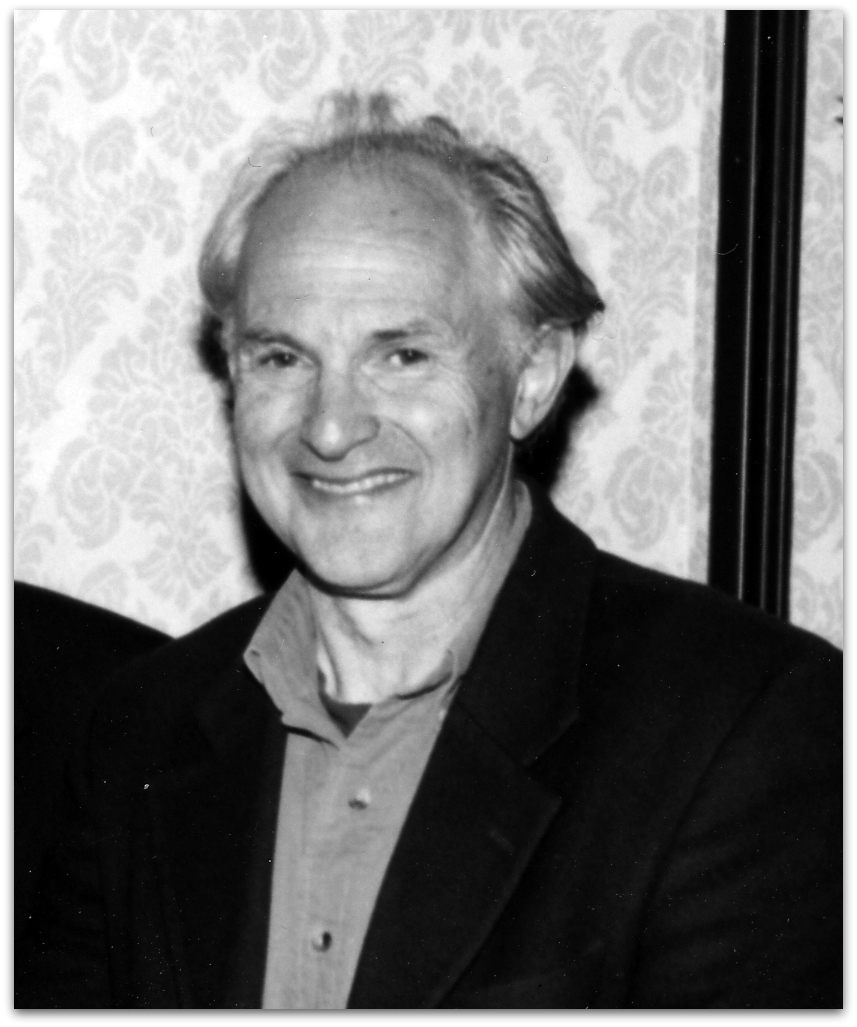 A giant among giants
A giant among giants
Harry Kroto, distinguished chemist and pioneering nanocarbons researcher, passed away on April 30, 2016 at the age of 76. Kroto, a giant among giants, made an immense impact not only on ECS and its scientific discipline – but the world at large.
“Harry Kroto’s passing is a great loss to science and society as a whole,” says Bruce Weisman, professor at Rice University and division chair of the ECS Nanocarbons Division. “He was an exceptional researcher whose 1985 work with Rick Smalley and Bob Curl launched the field of nanocarbons research and nanotechnology.”
Revolutionizing chemistry
That work conducted by Kroto, Smalley, and Curl yielded the discovery of the C60 structure that became known as the buckminsterfullerene (or the “buckyball” for short). Prior to this breakthrough, there were only two known forms of pure carbon: graphite and diamond. The work opened a new branch in chemistry with unbound possibilities, earning the scientists the 1996 Nobel Prize in Chemistry.
The field of nanocarbons and fullerenes, since the discovery by Kroto and company, has evolved into an area with almost limitless potential. The applications for this scientific discipline are wide-ranging – from energy harvesting to sensing and biosensing to biomedical applications and far beyond. Research in this field continues to fill the pages of scholarly journals, making possible innovations that were not even conceived before the seminal 1985 work.



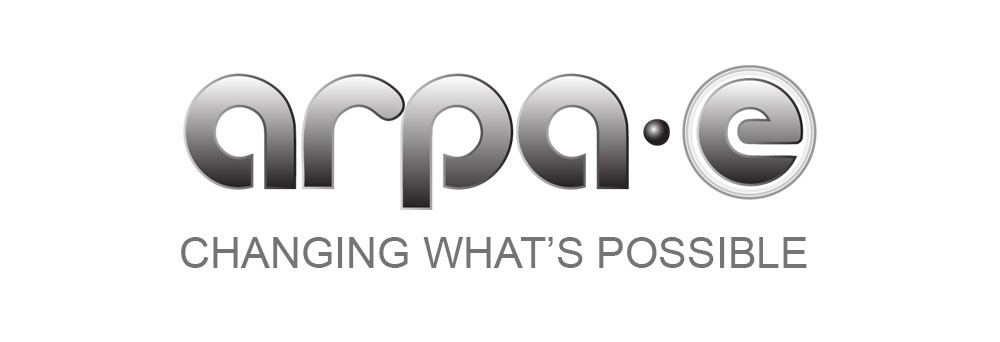
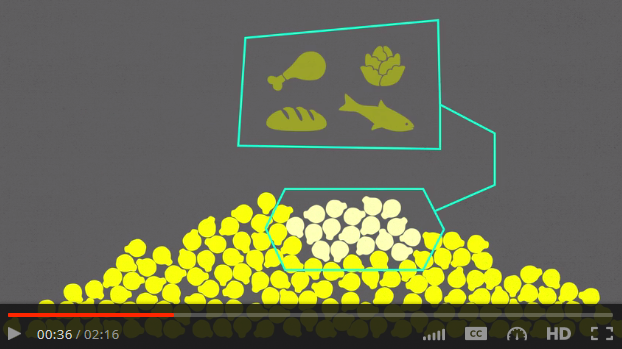


 Endowed by the Dow Chemical Company Foundation to recognize significant advances in industrial electrochemistry, the
Endowed by the Dow Chemical Company Foundation to recognize significant advances in industrial electrochemistry, the 